30 colour profiles
one 5-view colour drawing
1:72 scale 5-view line drawing of standard production model, two profile line drawings (Long Range Development Unit version and standard plane with extended cockpit canopy) and a scrap profile of the Bristol Hercules HE 18 powered prototype.
I bought a second-hand copy of this publication. It was fairly cheap and I have been interested in Wellesley since I saw the box art of the Matchbox plastic model of it as a teenager. The main reasons to buy the copy were the geodetic construction of Wellesley (Vickers Wellington has always been one of my many favourite planes) which is well illustrated and explained in the booklet and the very reasonable price of it. And I wasn’t disappointed, the publication is very good in explaining the geodetic construction of Wellesley and the use of the plane by the RAF. The main operational area for Wellesley during the Second World War was the Horn of Africa during the East Africa Campaign 10 June 1940 – 27 November 1941.
There is not much to complain, some small details, e.g. the fact that all escorts of the convoy BN 3 are given as HMS Xxxx, in other words as Royal Navy ships when in fact the light cruiser HMS Leander had been HMNZS Leander since 1933 and there was no HMS Parramatta but HMAS Parramatta.
On the pages 32 – 33 the story on the occasion on 21 October 1940 when according to White a Wellesley crew got eight light bomb hits on an Italian destroyer putting it out of commission for a while somewhere near the Straits of Mandeb. The place is given as off Haleah Island, probably same as Halib Island. I cannot find any confirmation to this from any of the sources I have in my possession. But on the same day according to the British Official History, Playfair et al page 248, the Italian destroyer Francesco Nullo was driven ashore near Massawa by the Royal Navy and was subsequently bombed and destroyed by three Bristol Blenheims of No. 45 Squadron. Rohwer’s & Hummelchen’s Chronology of the War at Sea, 1939–1945 on page 39 gives essentially the same info and confirming that the three Blenheims destroyed the ship on 21 October 1940. Wiki and wrecksite.eu confirmed the story and give the exact place, on Harmi Island. It, also known as Harmil Island, lays NE of Massawa while Halib Island is SE of Assab, so a considerable distance to SSE. The Italian destroyers in Red Sea area usually operated from Massawa and nothing I have seen on the operational history of the seven Italian Red Sea destroyers implicates that any other of them but Francesco Nullo would have been damaged on 21 October 1940. But the damage to that unidentified destroyer might have been so light that it is not mentioned in any of my source. Or the ship was not a destroyer but a smaller ship. It is certainly not unheard that aircrews claimed hitting a much larger vessel than their real target was whether they hit it or not. Even the fate of Francesco Nullo is not entirely clear. While Langtree in his The Kelly’s on page 109 claims that Francesco Nullo was sunk by a torpedo from HMS Kimberley off Harmil Island after the latter had disabled it with gunfire. This is agreed by Conway’s All the World’s Fighting Ships 1922-1946 but according to Whitley while agreeing that HMS Kimberley forced Francesco Nullo ashore he agrees with the Playfair et.al. and several other sources that after that the Italian ship was bombed and destroyed by the RAF. Strangely neither Shores in his Dust Clouds in the Middle East nor Warner in his The Bristol Blenheim mention this action even if this would have been a significant success to the RAF and particularly to the Blenheim unit if the ultimate destruction of a 1058 tons destroyer was their achievement.
On November 16, 1940 according to Shores and the FlyPast Special one Wellesley (L2695) failed to return from a bombing sortie against Massawa. White only mentions that three Wellesleys were sent to bomb Gura, circa 75 km SSE Massawa and did that without a loss. The anti-aircraft defences of Massawa claimed one Aden-based bomber shot down during a raid. The Wellesley was a part of the small on Prim Island based detachment of No. 223 Squadron. Perim Island situates circa 170 km West of Aden.
On 3 April 1941, there were only five Italian destroyers putting to sea for a raid because the sixth had ran aground earlier. And one of them aborted the mission early because of engine trouble, of the remaining four two were sunk by Swordfishes of HMS Eagle. Later five Wellesleys of the 223 Squadron attacked the remaining destroyers Tigre and Pantera while they were at anchor off Saudi Arabia coast south of Jeddah and transferring fuel and ammunition from Tigre to Pantera in order to scuttle Tigre and continue the operation only with Pantera. The attack foiled the Italian plan and their commander ordered abandonment and scuttling of both destroyers. The Wellesleys might well have sunk Tigre, which the Italians were already abandoning. Pantera might has been sunk by the British destroyer HMS Kingston. But it may be that both of the destroyers were already scuttled as the Italians claim.
The last active Wellesley unit was the No.47 Squadron Air Echelon flying A/S and convoy protection sorties over the Eastern Mediterranean from late April 1942 to the end of February 1943.
Tables:
Vickers Wellesley Production & Serial Numbers
Vickers Wellesley Technical & Performance Characteristics, there is an error in converting the capacity of the two auxiliary tanks of Wellesley from imperial gallons to litres which gives ten times too much volume in litres.
Vickers Wellesley Units & Representative Aircraft
Vickers Wellesley Units & Bases
Vickers Wellesley Kits and Decals
Two maps: the area of the East Africa Campaign, or the Horn of Africa and The Eastern Mediterranean.
The map of the area of the East Africa Campaign shows the locations of several Eritrean places mentioned in the text but of those locating in Abyssinia or British Somaliland only the locations of both capitals are shown.
Airplanes with short production runs and fairly short service histories are good topics for books in the sense that their service histories are easy to describe in fairly short books. For example, describing the service history of the Messerschmitt Bf 109, Supermarine Spitfire, or Consolidated B-24 Liberator with the same accuracy would mean a massive series of thick books.
Barfield, Norman, Vickers Wellesley variants Aircraft Profile 256 (Windsor: Profile Publications, 1973).
Conway’s All the World’s Fighting Ships 1922-1946 (London: Conway Maritime Press, 1980).
FlyPast Special WELLINGTON Edited by Ken Ellis (Stamford: Key Publishing 2013).
Langtree, Christopher, The Kelly’s British J, K, & N Class Destroyers of World War II (Annapolis: Naval Institute
Press, 2002).
Mason, Francis K, The British Bomber since 1914 (London: Putnam, 1994).
Orange, Vincent et.al., Winged Promises: History of No.14 Squadron, RAF 1915-1945 (London: The Royal Air
Force Benevolent Fund Enterprises, 1996).
Playfair, Major-General I. S. O. et. al, The Mediterranean and Middle East Volume I (London: Her Majesty’s
Stationery Offife, 1954).
Rohwer, Jürgen and Hummelchen, G., Chronology of the War at Sea, 1939–1945: The Naval History of World
War Two (London: Greenhill Books, Second, revised, expanded edition 1992).
Roskill, Captain S.W., The War at Sea 1939 – 1945. Volume I The Defensive (London: Her Majesty’s Stationery
Office, 1954).
Shores, Christopher, Dust Clouds in the Middle East. The Air War for East Africa, Iraq, Syria, Iran and
Madagascar, 1940 – 42 (London: Grub Street, 1996).
Warner, Graham, The Bristol Blenheim A complete history (Manchester: Crecy Publishing, Second edition
2005).
Whitley, M.H., Destroyers of World War Two: an international encyclopedia (Annapolis, Md: Naval Institute
Press, 1988).
http://www.wlb-stuttgart.de/seekrieg/40-10.htm
https://www.wlb-stuttgart.de/seekrieg/41-04.htm
https://en.wikipedia.org/wiki/Attack_on_Convoy_BN_7
https://en.wikipedia.org/wiki/Sauro-class_destroyer
https://en.wikipedia.org/wiki/Leone-class_destroyer
https://en.wikipedia.org/wiki/List_of_shipwrecks_in_October_1940#20_October http://www.wrecksite.eu/wreck.aspx?138168
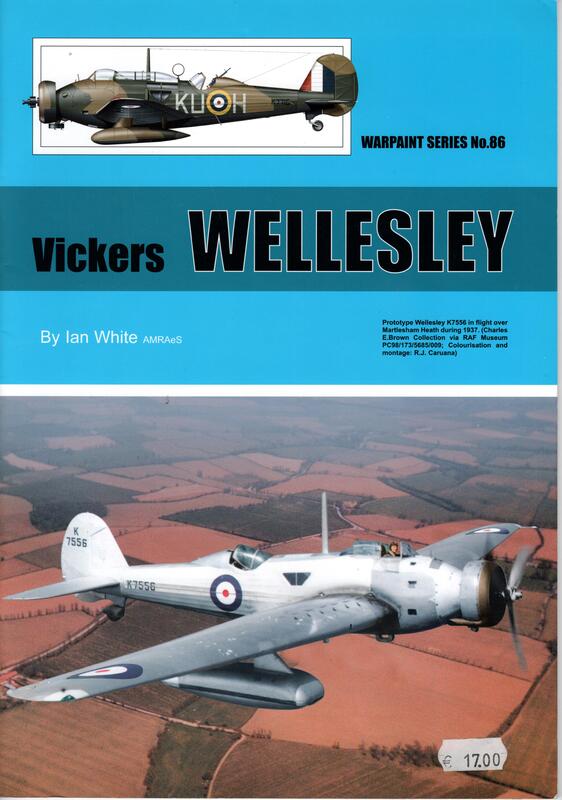
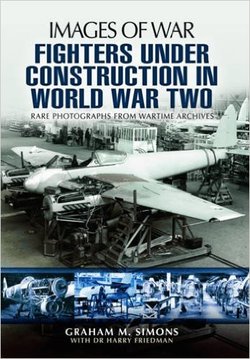
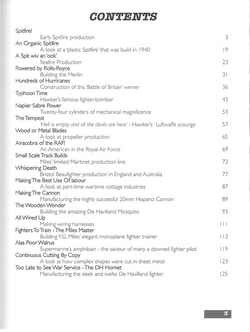
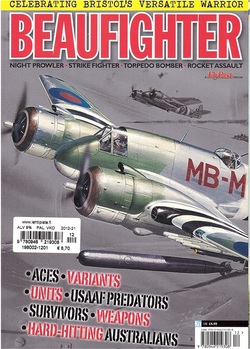
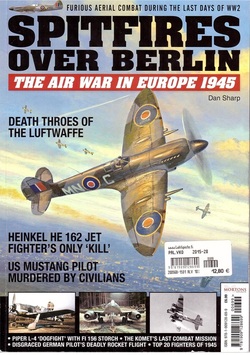
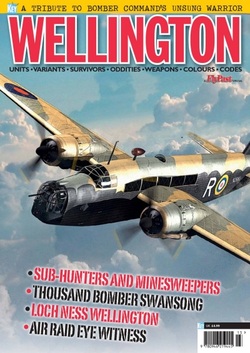
 RSS Feed
RSS Feed
